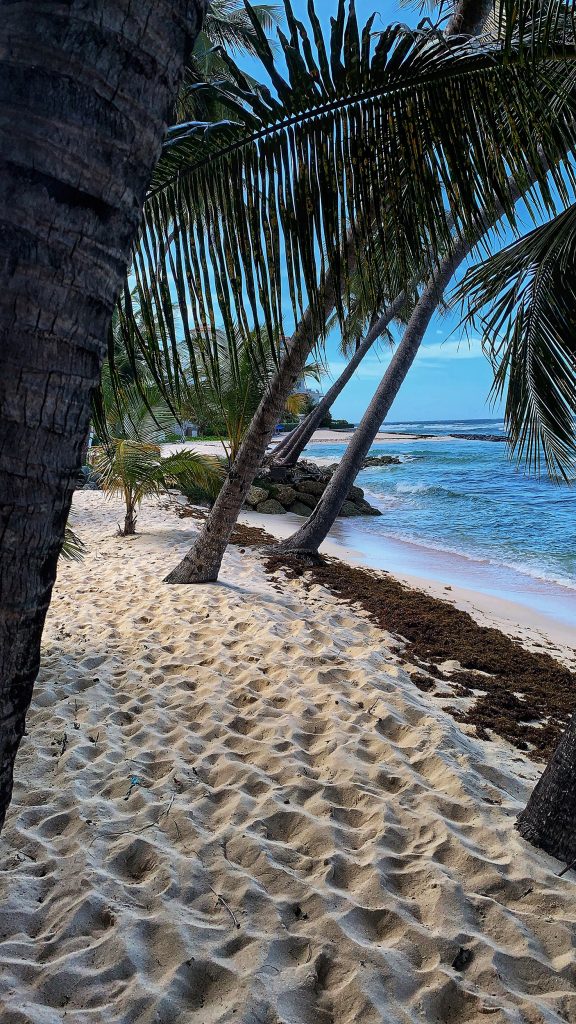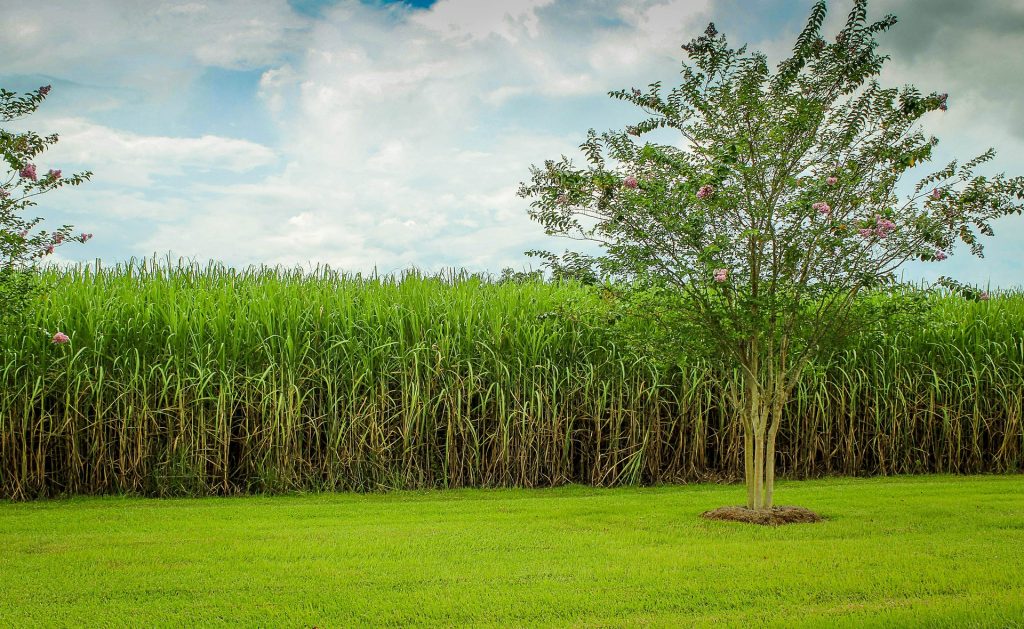In many of my masterclasses the consumers ask which is the best sugarcane. People love to do that! But the answer is not that simple. There is no such thing as the best sugarcane; only a perfect one for the right terroir. Before I explain more about this statement, let me talk about the sugarcane origins first.
In my last article, I wrote that sugarcane or “Saccharum Officinarum” came from New Guinea. This type of cane is very rich in sugar and poor in fiber, unlike its ancestor “Saccharum Robustum” which grows spontaneously, being rich in fiber but poor in sugar. “Robustum” gave birth to “Officinarum” around 6,000 B.C.

After its long journey from Oceania to the Americas, the sugarcane had to adapt to different soils (terroir) and weathers but not without help. During the XVIII century, two main laboratories were built, one in the island of Barbados and the other in Jamaica. These labs were necessary for hybridizing different sugarcane species and creating “the perfect” cane typology adapted to the right climate and soil.
Nowadays, there are more than 600 sugarcane types. Many of them have fancy names such as “Demerara”, “Canal Point” or “Canne Rouge”. The real names are slightly different, technical or sometimes even confusing. Let’s use as an example the famous Martinique “Canne Bleu”. Its real technical name is “B.69.566” and here is where we can understand what this sugarcane is exactly. “B” is the first letter of the laboratory country where this sugarcane was “created”; “69” is the year when the sugarcane was made and “566” is the number of hybridizations that were made until achieving the desired result adapted to the soil, climate and organoleptic profile demanded by the Rum producers. Choosing the right sugarcane typology is crucial to obtain the right efficiency in terms of juice production and sugar content. Just to make you understand my point better: if you plant a “Demerara” sugarcane (which is very strong against bacteria and humidity) into a sandy soil in an area with very dry climate, the sugarcane will die.

What about the sugar production and sugarcane derivates? Well, there are mainly three “states” of sugarcane for Rum production: sugarcane juice, sugarcane honey and molasses. A pure juice after sugarcane squeezing will have between 180 to 200 grams of sugar per liter. Before the sugar extraction, the producers will first boil the juice evaporating water and concentrating sugars until obtaining what we call “sugarcane honey”. This honey, also called sugarcane syrup or honey “A” type, contains around 800 grams of sugar per liter and a weight proportion of 1L-1,2Kg. This sugarcane honey will be centrifugated to extract the sugar until what we call “Molasses” will remain with a sugar content around 600 grams per liter and a weight proportion of 1L-1,4Kg. The extracted sugar can be purified and bleached or simply sold raw with some or all the impurities.
Usually in Rum production both sugarcane juice and molasses are used independently or mixed depending on the producer’s will. Sugarcane honey is barely used because such a large amount of sugar content is not necessary for fermentation and also due to the higher price. What follows is all the Rum’s magic production steps which I invite you to discover in my next article.
Read Chapter 3 in this series: Rum: Fermentation Craziness
Read Chapter 1 in this series: The Three Rum Revolutions And The Beginnings Of Rum




